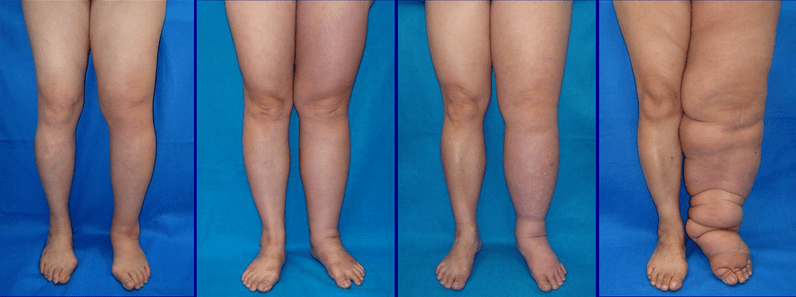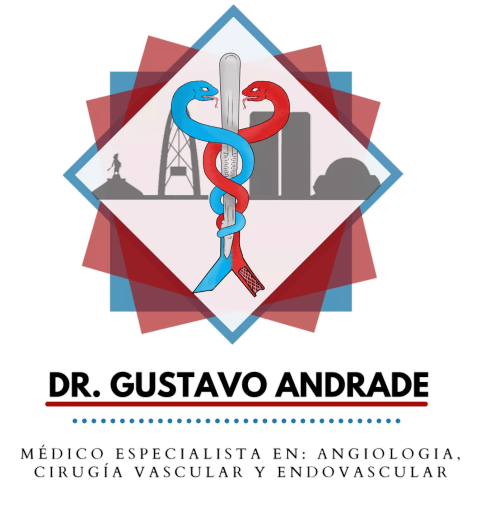Treatments:
Enjoy healthy feet!
For Varicose veins, diabetic foot, vascular access for hemodialysis, leg ulcers, vascular trauma, aneurysms, peripheral catheterization as well as Diabetic foot care, circulatory malformations Aneurysms, Vascular angiology, High cholesterol, Creation of arteriovenous fistulas for hemodialysis, Edema, Hypertension and diabetes, Arterial insufficiency of legs secondary to smoking, Ulcers or infections in legs and diabetic foot Varicose ulcers in the legs Varicose veins and spider veins, Varicose veins, Leg swelling, Lymphedema, tumors and varicose veinsThrombophlebitis and venous thrombosis Diabetic ulcers in the legs, lower limbs, upper limbs and carotid, and Venous thrombosis.
Why us?
Treatment for Diabetic Foot
Dr. Gustavo Andrade is a specialist in Tijuana who treats conditions related to diabetic foot. With Dr. Gustavo, he understands the risks of poor circulation. We identify any blockages in your arteries and work to prevent injuries that could become life-threatening to your feet, reducing the likelihood of amputation.
- Diabetic foot arrest
- Diabetic foot assessment
- Diabetic foot care
When to See Your Doctor If you experience any of these symptoms, don't wait until your next appointment. See your primary care physician or foot doctor immediately:
- Leg pain or cramps in the buttocks, thighs, or calves during physical activity.
- Tingling, burning, or pain in your feet.
- Loss of the sense of touch or the ability to feel heat or cold very well.
- A change in the shape of your feet over time. * Hair loss on your toes, feet, and lower legs.
- Dry, cracked skin on your feet.
- A change in the color and temperature of your feet.
- Thickened and yellow toenails.
- Fungal infections such as athlete's foot between the toes.
- A blister, sore, ulcer, infected corn, or ingrown toenail.
Our main goal is to save diabetic feet. You can have diabetes and live a life without complications. Visit us.
Treatment for diabetic neuropathy
Symptoms
There are four main types of diabetic neuropathies. You may have one or more types of neuropathy. Symptoms depend on the type you have and the nerves affected. Symptoms usually appear gradually. You may not notice anything is wrong until significant nerve damage has occurred.
Peripheral neuropathy
This type of neuropathy may also be called distal symmetric peripheral neuropathy. It is the most common type of diabetic neuropathy. It first affects the feet and legs, followed by the hands and arms. Signs and symptoms of peripheral neuropathy typically worsen at night. These include:
- Numbness and reduced ability to feel pain or perceive temperature changes
- Tingling or burning sensation
- Cramps or stabbing pains
- Muscle weakness
- Extreme sensitivity to touch (for some people, even contact with bed sheets can be painful)
- Serious foot problems, such as ulcers, infections, and damage to bones and joints
Treatment for Leg Lymphedema

Lymphedema is swelling in an arm or leg. In rare circumstances, it affects both arms or both legs. It can also affect the chest wall and abdomen.
When you should see a doctor
Make an appointment with your doctor if you notice persistent swelling in your arms or legs. If you've already been diagnosed with lymphedema, see your doctor if there is a sudden and dramatic increase in the size of the affected limb.
Symptoms
Signs and symptoms of lymphedema include:
- Swelling of all or part of the arm or leg, including the toes and fingers
- Feeling of heaviness or oppression
- Limited range of motion
- Recurrent infections
- Hardening and thickening of the skin (fibrosis)
Bunion Care & Treatment
What are bunions?
A relatively common but annoying and unattractive malformation is the famous bunion. For these conditions, we offer bunion surgery, a procedure known as "bunionectomy," which aims to realign the toe and remove the bony protuberance.
Bunions tend to occur more frequently in women than in men, and in people born with abnormal bones. The problem can be hereditary, but it's not impossible to correct. Dr. Gustavo, a specialist in diabetic foot, vascular surgery, endovascular surgery, circulatory disorders, and varicose veins in Tijuana, is here to help. Request a consultation and find out which option is best for you.
Fish Eye Treatment & Care
It's also known as a soft callus and usually appears on the sole of the foot, usually between the fourth and fifth toes. If you notice a small, inflamed, calloused bump that causes pain, it's a sign of discomfort.
Because they are contagious, spread quickly, are bothersome, even painful, and are unsightly, it's advisable to begin treating them as soon as they appear. It's best to get them treated as soon as possible. Ask us about the most appropriate treatment for you.
Treatment for Ingrown Toenails
When the edge of a nail digs into the skin of the toe, it can cause inflammation, pain, and discomfort when walking or wearing certain shoes. And if left untreated, it can lead to infection.
This condition is relatively common among people who engage in activities such as running or dancing, but it is easy to treat if you see a specialist.
Treatment for Fungal Nails
Nail fungus, also known as onychomycosis, involves the appearance of organisms called dermatophytes and yeasts that thicken the nail, change its color, and weaken it, eventually causing it to completely detach from the foot in severe cases.
They can affect both the nail and the skin beneath it. A fungal infection is easy to recognize with the naked eye. Cultures are not required for diagnosis. In cases of onychomycosis, the nail often presents yellow and/or white stripes, the result of debris accumulating under or around the nail.
It's important to address this, because in addition to the aesthetic problems, its appearance can sensitize the area, cause pain, and consequently affect the person with the problem's daily activities.
If the nails aren't treated, the fungus can spread to other nails, and even beyond them. Beyond their appearance, healthy nails are a sign of good health. Dr. Gustavo has the treatment that best suits you.
Fish Eye Treatment & Care
It's also known as a soft callus and usually appears on the sole of the foot, usually between the fourth and fifth toes. If you notice a small, inflamed, calloused bump that causes pain, it's a sign of discomfort.
Because they are contagious, spread quickly, are bothersome, even painful, and are unsightly, it's advisable to begin treating them as soon as they appear. It's best to get them treated as soon as possible. Ask us about the most appropriate treatment for you.
Cardiovascular diseases are the third cause of death in Mexico.
Among the most common conditions are chronic venous disease known as varicose veins, varicose ulcers, deep vein thrombosis, chronic arterial insufficiency, acute arterial insufficiency, and diabetic foot.







